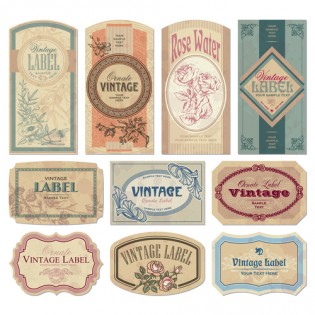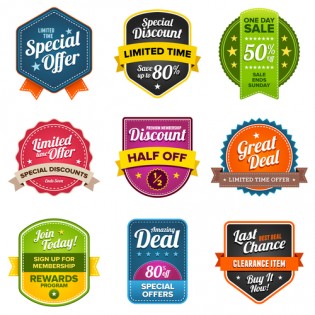It is unfortunate that most business owners use labels but end up using the wrong label type only to find out later when the application fails. There are various label materials and they all have different functions and purposes depending on the environment and other factors. To be able to use the right label type, you need to understand different label materials and what purpose they serve.
Paper And Synthetic
These two label materials are the most commonly used in a wide range of industrial applications. Paper labels are most used since they are cost friendly. They can be printed on a flexographic press or on digital printers depending on what a producer is looking for. Paper labels are flexible and they can be designed to fit various custom shapes to fit different containers. Paper labels printed on digital printers are able to produce high resolution graphics and images in color.
Synthetic labels are mostly applied on products that require refrigeration or moist places. These materials are designed to be water resistant and they are a great choice for cosmetic labels, beer labels or freezer labels.
Polyimide/Kapton
Polyimide and Kapton labels are designed to withstand high temperatures. These label materials are able to withstand temperatures as high as 500 degrees Fahrenheit. Kapton and Polyimide labels are best applied on electronic parts that have to be placed in gadgets that heat up during use. These labels mostly contain serial numbers of parts to keep track of components.
Direct Thermal
It is easy to confuse direct thermal label printing with thermal transfer printing. These two processes are almost similar. To get a better understanding, direct thermal uses a heat sensitive label material to make symbols and dark letters while the thermal transfer printing uses a ribbon with ink to apply symbols and text on a label. Direct thermal label printing is only applicable in cases where products do not have to be exposed to abnormally high temperatures. When direct thermal labels are exposed to high temperatures, the material will react to the heat and the entire label will darken. These types of labels are best applied on refrigerated products.
Thermal Transfer
As mentioned earlier, thermal transfer printing uses ink from a ribbon to transfer symbols and text. This method of printing produces labels that have variable information. You can use this form of printing to add information on pre-printed labels like titles and logos to add critical data such as nutrition facts, expiration dates and barcodes. These types of labels simplify the labeling process and cut the cost of production drastically.
These are main examples of label types and how best they can be applied. At Cutsheet Label, we have a lot of experience in label printing and label materials. For many years, we have closely worked with both small and big companies to create custom labels that are not only durable, but cost effective as well. Before printing labels, we offer our clients free advice on which label materials to use for lasting solutions. For more information on different label types and their applications, contact us today!







